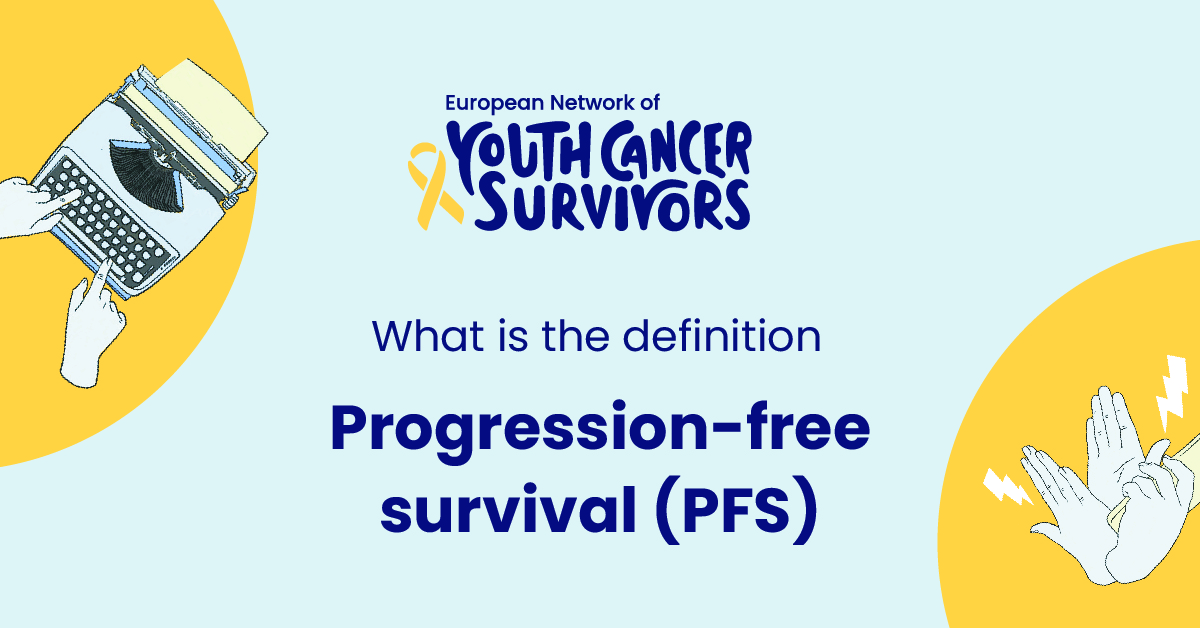
In the healthcare industry, the success or failure of treatments is often gauged using survival metrics. They are quantifiable markers that help determine the effectiveness of a health intervention. One particularly important survival metric we will be discussing today is the concept of Progression-Free Survival (PFS).
Derived from the realms of oncology and medical research, PFS has significant implications on how efficiently medical interventions are performing and impacting patient survival rates. This article will take a deep dive into understanding what PFS is and how important it is in the healthcare industry.
Understanding the Definition of Progression-free Survival (PFS)
What is Progression-free Survival: A Layman’s Perspective
Simply put, Progression-free Survival (PFS) is the length of time during and after treatment that a patient lives without the disease getting worse. It is a significant milestone used in assessing the effectiveness of a medical treatment option, particularly in the field of cancer research.
Clinical Interpretation of Progression-free Survival (PFS)
In a clinical setting, PFS provides an objective measure of a treatment’s effectiveness. PFS allows healthcare providers to track over time whether a patient’s disease is stable, progressing, or improving, thus impinging on the course of treatment.
Difference between Overall Survival and Progression-free Survival
While overall survival refers to the total length of time that a patient lives after diagnosis or treatment, PFS highlights the time a patient lives without the disease becoming worse. These two metrics together impart a comprehensive picture of treatment efficacy.
Determining Progression-free Survival (PFS)
How is Progression-free Survival Measured
PFS is measured from the starting point of treatment until there is evidence of disease progression or death from any cause. It is calculated using frequent medical tests, such as imaging studies, to continually monitor disease status.
Factors that Influence Progression-free Survival
Several factors can influence PFS, including the type of disease, patient’s health condition, time and quality of treatment, and even genetic factors. These determinants can significantly affect the patient’s disease progression and consequently, the PFS.
Understanding Progression-free Survival Rates
PFS rates provide a direct insight into the length of time a group of patients live without their disease worsening post-treatment. High PFS rates generally indicate more effective treatment regimens.
Clinical Significance of Progression-free Survival (PFS)
Role of PFS in Assessing Treatment Effectiveness
PFS plays a critical role in gauging the effectiveness of a particular treatment regimen. It can guide alterations in the treatment plan if disease progression occurs despite intervention. Therefore, monitoring PFS can help in timely implementation of the most effective treatments.
Importance of PFS in Clinical Trials
PFS is often used as a crucial endpoint in clinical trials to determine the efficacy of a novel treatment method. Higher PFS rates in comparison to existing treatment options can expedite the approval of newer, more effective therapies.
The Application of PFS in Different Types of Diseases
Primarily used in oncology, PFS is also being explored in other chronic diseases like Multiple Sclerosis or Rheumatoid Arthritis to evaluate treatment strategies and their effectiveness over time.
Challenges and Limitations of Progression-free Survival (PFS)
Criticism Against the Use of PFS as a Primary Endpoint
Despite its benefits, the use of PFS as a primary endpoint in clinical trials has faced criticism. Some argue that PFS might not reflect the actual quality of life or overall survival benefit of a treatment, especially if the treatment has severe side effects that impact the patient adversely.
Limitations of PFS in Interpreting Clinical Outcome
PFS doesn’t account for the adverse events of a treatment, which might impact the patient’s health severely, thereby affecting the interpretation of the clinical outcome.
Get to know us better
If you are reading this, you are in the right place – we do not care who you are and what you do, press the button and follow discussions live

Controversies Surrounding PFS Rates
While a high PFS rate generally indicates effective treatment, there are controversies surrounding its interpretation. If the treatment extends PFS but doesn’t have a similar impact on overall survival, its benefits could be debated, emphasizing the need for holistic measurement endpoints.
Conclusion
PFS is an essential survival metric in determining the effectiveness of medical treatments, especially in disease areas like oncology. However, it’s important to note that it cannot stand alone and should always be paired with other survival metrics, like overall survival, to provide a rounded, comprehensive picture of treatment efficacy..
As our medical understanding and capabilities grow, so too will the development and application of survival metrics like PFS. These advancements will continue to support better treatment options and the profound impact they have on improving patients’ lives.
FAQs:
- What does it mean when a patient has a high progression-free survival rate?
A high PFS rate implies that the patient lives for a longer duration without the disease worsening following the treatment.
- How is progression-free survival different from overall survival?
Progression-free survival focuses on the time a patient lives without the disease becoming worse, whereas overall survival refers to the total time the patient lives after treatment, irrespective of disease progression.
- Can progression-free survival be used to predict overall survival rate?
Progression-free survival is only one factor and while it can provide some insight, it is not a definitive predictor of overall survival due to numerous factors influencing patient outcomes.
- Is progression-free survival an accurate measure of treatment effectiveness?
Yes, PFS provides valuable insights into treatment effectiveness. However, it is not the sole determinant and should be interpreted alongside other survival metrics.
- What are some limitations of progression-free survival?
PFS does not account for the adverse side effects of treatment, which can impact the quality of patient life significantly, and might not reflect the overall survival benefit.

















Comments
Thank you. Comment sent for approval.
Something is wrong, try again later